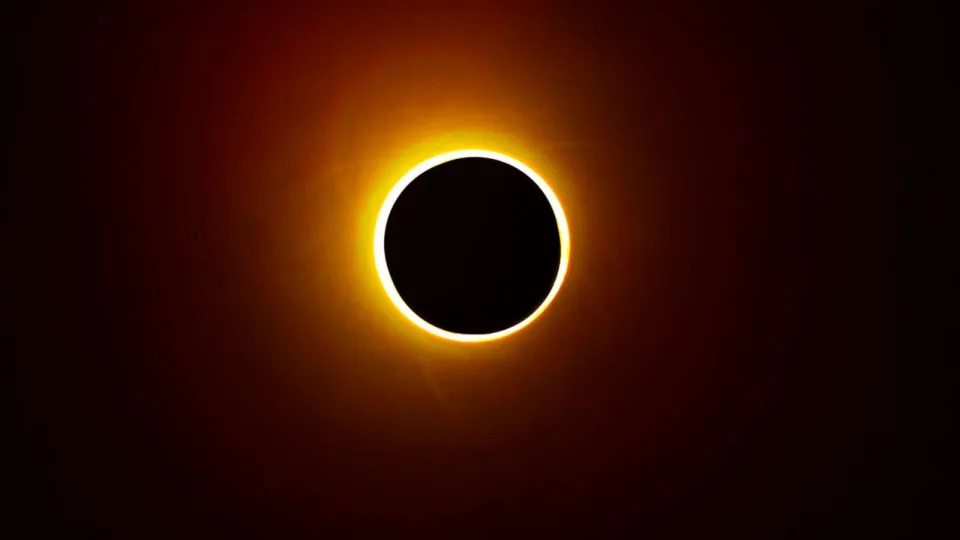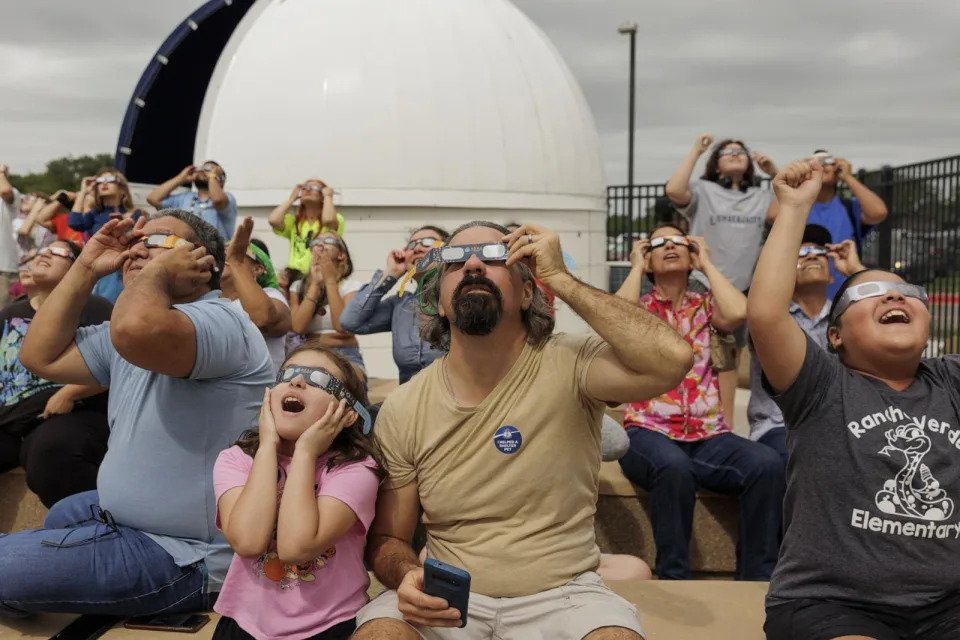When the moon traverses in front of the sun on April 8, parts of North America will be plunged into darkness, marking a rare celestial phenomenon that will not return for decades.
A total solar eclipse occurs when the moon passes between the sun and the Earth and, for a short time, completely blocks the face of the sun, according to NASA.
“When the sun’s disc is completely covered by the moon, daylight suddenly changes from bright sunlight to a very eerie twilight in a matter of seconds,” Fred Espenak, a former astrophysicist from NASA Goddard Space Flight Center and author of “Road Atlas for the Total Solar Eclipse of 2024,” told ABC News.

“It becomes dark enough to pick out bright stars and planets, so it’s very dramatic, very startling,” Espenak said. “Most people get a very visceral reaction to seeing a total eclipse.”
The last total solar eclipse in America was in August 2017, but the seven-year difference between eclipses is “deceptive,” according to Espenak.
“If you look previous to 2017, the last one was in 1979,” Espenak said. “So it’s a little bit deceptive that these two eclipses were in seven years of each other.”

The next total solar eclipse to occur in the contiguous U.S. won’t be until August 2044 in Montana and North Dakota, and the next to span coast-to-coast is slated for 2045, according to NASA.
Comparatively, 2024’s total solar eclipse is “better” than 2017’s, because the path of totality is almost 60% wider and the duration of the eclipse is about 60% longer, according to Espenak, who explained some locations within the path will experience up to four and a half minutes of the eclipse.
The track of the moon’s shadow across Earth’s surface is called the path of totality, and to witness the April 8 total solar eclipse, viewers must be within the 115-mile-wide path.
In the U.S., the path of totality begins in Texas and will travel through Oklahoma, Arkansas, Missouri, Illinois, Kentucky, Indiana, Ohio, Pennsylvania, New York, Vermont, New Hampshire and Maine. Small parts of Tennessee and Michigan will also experience the total solar eclipse, according to NASA.
MORE: Solar eclipse on Mars shows the planet partially covered in darkness in new NASA images
Due to the fact April’s total solar eclipse will be the last of its kind to occur in North America for 20 years, it is projected to be the U.S.’s largest mass travel event in 2024, Michael Zeiler, expert solar eclipse cartographer, told ABC News.
Zeiler compared eclipse day travel to “50 simultaneous Super Bowls across the nation,” saying four million people are estimated to travel to view it.
“When you look at the number of people expected to come to the path of totality for the solar eclipse, we estimate those numbers are roughly the equivalent of 50 simultaneous Super Bowls across the nation, from Texas to Maine,” he said.
In anticipation of the historic eclipse, a small county in Texas is bracing for a state of emergency due to the sheer volume of expected tourists
In February, Bell County Judge David Blackburn issued a local disaster declaration, saying the county’s population of 400,000 residents is expected to double in tourists.

Zeiler said Texas is a prime place for eclipse chasers to travel because it is located in the path of totality and has the best chances for clear skies on eclipse day.
“You want to be in the center of the path for the longest duration,” Zeiler explained. “If you have a friend or relative in the path in Texas, and there are 12 million Texans inside the path, that’s the spot to go because that’s where the best weather prospects are.”
TYT Newsroom



